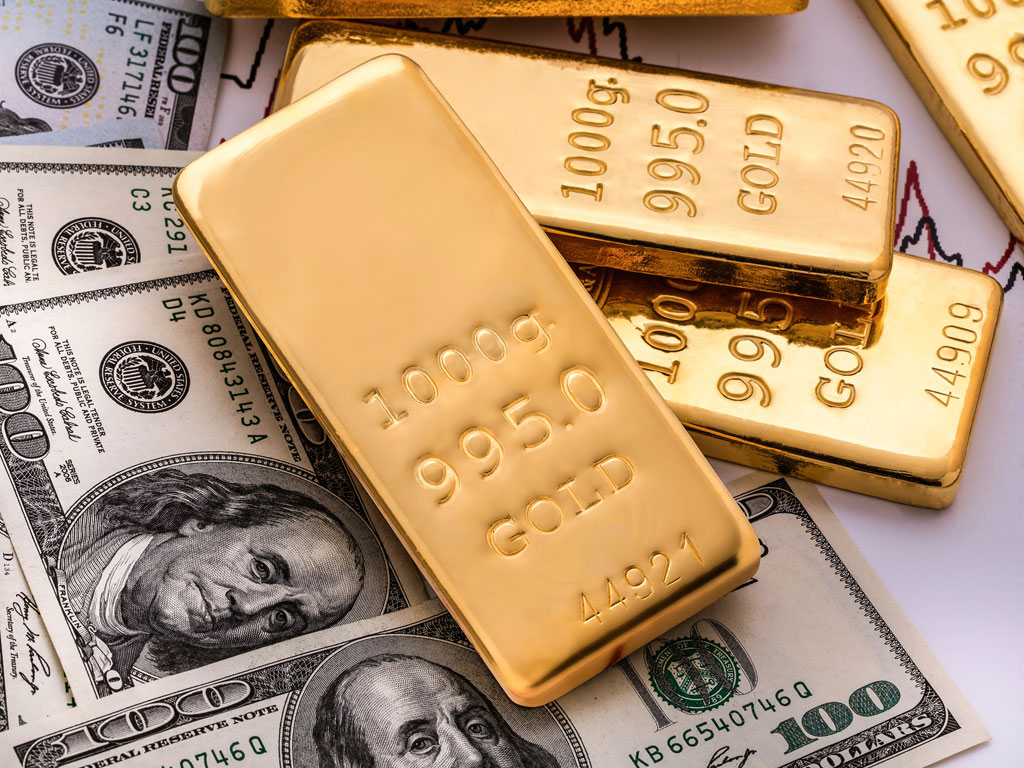
Gold and silver have been a store of value and a medium of exchange for literally thousands of years. As assets, these two precious metals have certainly had their ups and downs in recent decades. But why consider them today? Are they better or worse than other asset classes (such as stocks or bonds) in today’s uncertain economy?
There are always advantages and disadvantages to acquiring any given asset or security when the goal is wealth-building (or wealth preservation). We know that when times are good, and the economy is roaring along, stocks tend to do very well. When times are bad and the economy seems to be hitting a rough patch, conventional wisdom has been to keep more money in safer venues such as government bonds or bank certificates of deposit (CDs).
Every asset has strengths and weaknesses and it is up to the investor (and/or their advisor) to figure out which asset is preferable at a given. For 2010, and beyond, there is a solid reason why gold and silver are strong considerations for investors concerned about today’s economy and financial markets.
Although the typical reasons given for investors to consider owning gold and silver are that they are traditionally good hedges against inflation and market turmoil, there is another reason that is often missed… even by financial planners and experienced investment pros. In today’s market environment, this may very well be the most important reason of all to consider precious metals.
Counter-party risk. It sounds odd but it is probably the most important reason why investors should add gold and silver to their portfolios. Specifically, I am referring to gold and silver physical BULLION. In other words, gold and silver physical coins and bars are purchased from reputable dealers. Why?
One of the most desirable benefits of owning gold and silver physical coins and/or bars is that these two metals do not have “counter-party risk”. Counterparty risk is the risk that the counter-party in particular security will be not able to live up to its’ promise or performance. Virtually all paper assets (stocks, bonds, mutual funds, and even bank investments and currencies) have counter-party risk. If you are still a little unsure of the concept, let me give you some examples.
- When you own a stock, there is counter-party risk. The stock is only as valuable (or desirable) as how well the company involved is performing. If the company is doing well, the stock will continue to have value. However, if the company is in trouble (financial or otherwise), or it is in danger of bankruptcy, then the stock will lose value. Ultimately, if the company goes bankrupt, the stock becomes worthless. Example: Enron or Bear Stearns.
- When you own a bond, it has counter-party risk. What happens if the bond issuer goes out of business or refuses to pay back the principal and/or interest? Then the bond loses value and it could become worthless should the bond issuer not make good on the promise to pay the bond (and interest) in full. Example: Bonds created from sub-prime mortgage securities.
- When you have money in a mutual fund, hedge fund, or some third-party manager, there is counter-party-risk. What if that fund goes out of business? What if their portfolio is loaded with bad Securities? What about fraud? Example: Bernard Madoff.
I think that you are getting the picture. “Paper assets” have counter-party risk. That risk is not limited to just stocks, bonds, or funds. In recent years we have learned that sometimes your money is not safe in a bank. In addition, even cash itself can have counter-party risk because of inflation. When governments crank up the printing press to unleash hyperinflation (as in Yugoslavia in 1989-94 or Zimbabwe 2006-09), the currency becomes worthless overnight.
Gold and silver do not have counter-party risk. They have their intrinsic value and that value is not dependent on another party’s promise or performance. Remember… physical bullion since owning stock in gold and silver mining companies has many of the same counter-party risks that any other stocks would have.
Part of the reason that precious metals have this unique quality is that gold and silver can not be created out of thin air by any government. Both are finite in supply and it is not easy to extract them from the earth. Annual mining only adds about two percent to the world’s above-ground supplies.
Next time you hear the word “diversification”, think “outside the… uh… paper box”. Don’t just diversify among paper assets since the portfolio would still be exposed to counter-party risk. Add non-paper assets like gold and silver for more assured diversification.
